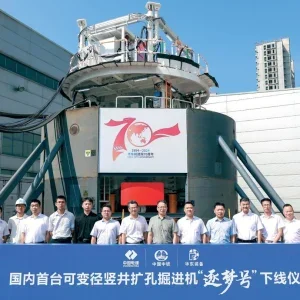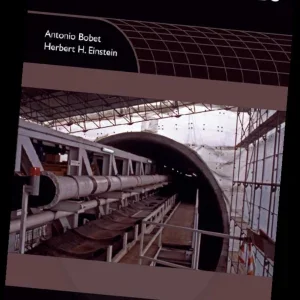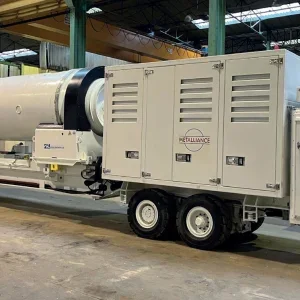Two brothers, ethnic Chechens from Russia, are suspected of setting off the Boston Marathon bombs. Tamerlan Tsarnaev, the older and deceased brother, had been red flagged, had been examined and had been deemed ‘not a threat’. US officials confirmed Russia’s intelligence service, FSB, attempted to warn the FBI in 2011 about Tsarnaev’s radicalisation, later contacting the CIA. Both agencies looked into the situation. While the pieces to the puzzle are still falling into place around a suspicious trip to Russia in 2012, they seem to be falling into an embarrassing mess of misspelled names, multiple databases dubbed with clunky acronyms and a flurry of ambiguous alerts and closed files. No one can say whether even being on the list would have prevented the bombings, but this all raises concerns about gaps in the elaborate post-9/11 screening processes.
In Texas, the fertiliser plant hadn’t had a full Occupational Safety and Health Administration (OSHA) inspection in almost 30 years. The plant did report to state authorities that it was storing up to 270t of explosive ammonium nitrate, however this information was not provided to Homeland Security.
According to a 2012 AFL-CIO report, OSHA is so understaffed and underfunded that federal inspectors can inspect each workplace on average once every 131 years.
There are some 2,200 OSHA inspectors for the country’s eight million workplaces and 130 million workers. In Texas, OSHA conducted 4,448 inspections in the past fiscal year, a pace that would mean it would visit every workplace in 126 years, according to the report. Meanwhile flight delays piled up at airports around the country. FAA chief Michael Huerta claims the shortages won’t affect safety, and that only efficiency suffers. In Washington, D.C., elected officials point fingers and play their usual blame game. Some have said the FAA could have found other ways to deal with the budget cuts besides the furlough. Of course it’s always someone else’s fault.
The tunnelling industry is no stranger to the ever-tightening belts of Congress, and most government entities for that matter, nor the former’s political games.
Now the US can’t count on elected officials or the government as a whole to fund or implement the inspections, training and manpower to keep the country safe. We can no longer rely on oversight. Terrorism is real. For tunnels and underground infrastructure, the onus is on the industry, including owners and clients to create the best protection when designing this infrastructure, as well as to implement the best training for its operation. This issue of Tunnels NA looks at safety and security in the Insight section. In particular, designing tunnels to best withstand blast is covered by Sunghoon Choi he has said a backpack sized charge could give rise to a more than 120bar pressure. Though looking at highway tunnels, the backpack is nothing compared to what can be packed in a van or semi-truck.






